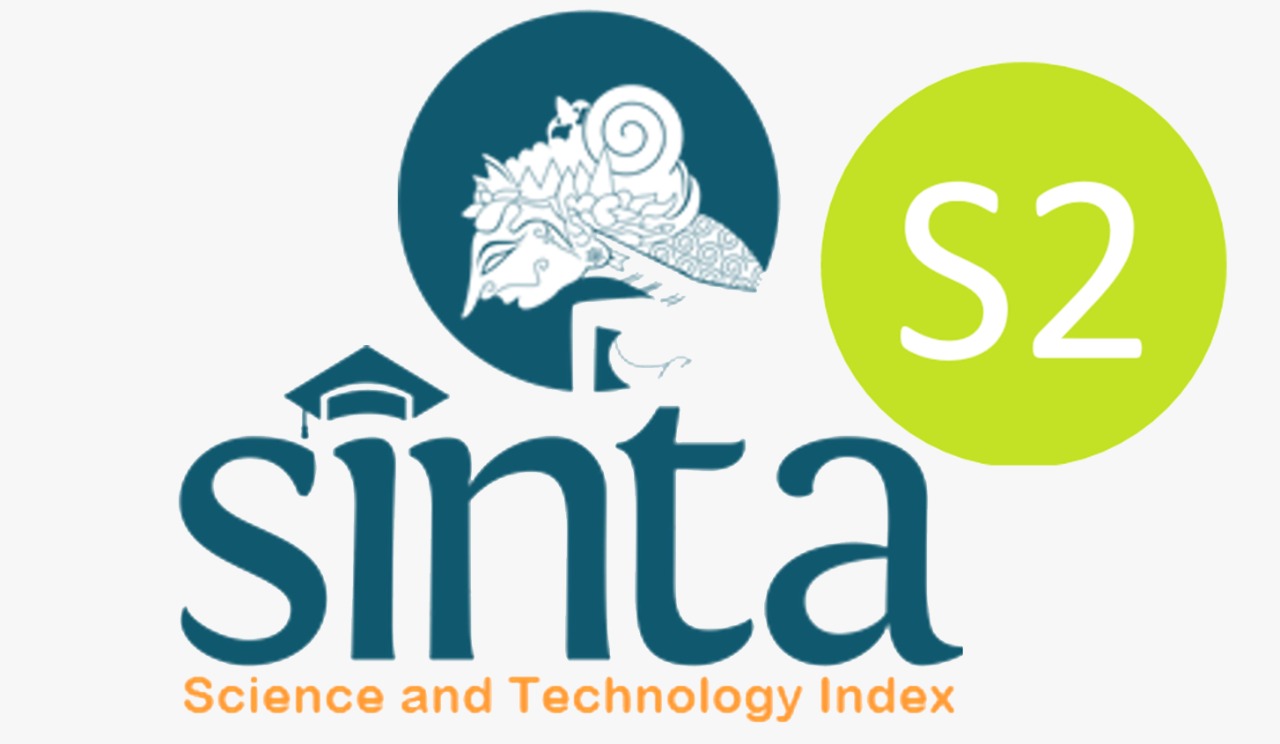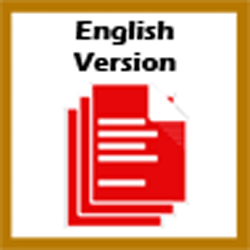Learning Theory According to 'Athiyah al-Abrasyi and its Relevance to the Islamic Education Curriculum
DOI:
https://doi.org/10.47453/eduprof.v5i2.218Keywords:
Islamic Education, Curriculum, Athiyah al-Abrasyi, Learning TheoryAbstract
Islam places a strong emphasis on a person's overall development, which includes intellectual, moral, and spiritual development. The historical historians' instructional methods are at the heart of this undertaking. This study explores the learning theory put out by eminent Islamic educator and scholar 'Athiyah al-Abrasyi using qualitative research methodologies and a literature review. The goal of the study is to shed light on the nuanced facets of 'Athiyah's learning theory and investigate its potential applicability in developing the curriculum for modern Islamic education. This study identifies the key ideas supporting 'Athiyah's learning theory through a thorough investigation of her publications and relevant scholarly dialogue. This research used a scoping review. This study aim the contextual intricacies that define 'Athiyah's learning theory. The research also looks into how 'Athiyah's learning theory may be used to create modern Islamic educational programs. As a result, this study emphasizes the importance of using qualitative techniques and doing literature reviews to understand the learning theory put forward by 'Athiyah al-Abrasyi. The study emphasizes the applicability of her instructional strategy to the present Islamic curricula


























